ANOTHER WORLD OF JAPANESE CERAMICS
Ho Thanh Ky's foot gently pressed the switch, the electric turntable rotated evenly. Ky's hand was wet, gently touching the round block of soil that was placed neatly on the turntable. After only a few minutes, the clay flower vase appeared with Ky's innocent smile. To acquire that skill, Ky persevered for many years under the guidance of Ms. Nguyen Thi Nhat (center manager). After much questioning, I learned that Ky was 20 years old this year. He answered awkwardly, and Ms. Nhat smiled and confirmed: "He is mentally handicapped, so to remember something, he often has to repeat it over and over again. But when he touches the soil, he seems to transform into a different person, skillful and strangely focused."
At the Hope Center, each young person has their own circumstances, some are slow to develop, some are disabled, some are deaf and mute... Depending on their talent and perseverance, some only need a year, some need several years to master the steps of making Raku pottery (traditional Japanese pottery). But once they get used to it, the pottery products they make are not inferior to those of skilled craftsmen. Among more than 10 "artisans", besides Ky, there are Vo Tuan Anh, Ho Van Minh... In particular, Nguyen Van Hau is praised by Ms. Nhat as having the most "talent".
Ms. Nhat said that the common point of the students at the center is shyness. Just like Ky, in the early days, Tuan Anh hardly communicated, just sat in one place. Minh, who used to just sit quietly and watch, is now used to kneading clay, helping the group during busy times. "Normally, I knead clay and mold objects. When customers come, I show them how to do it, they compliment and take pictures. We are very happy," Tuan Anh smiled shyly. As for Hau, thanks to his natural talent, even though he only communicates through gestures, he still learns very quickly. The products Hau makes are quite sophisticated, when glazed and fired, they can produce complete works.
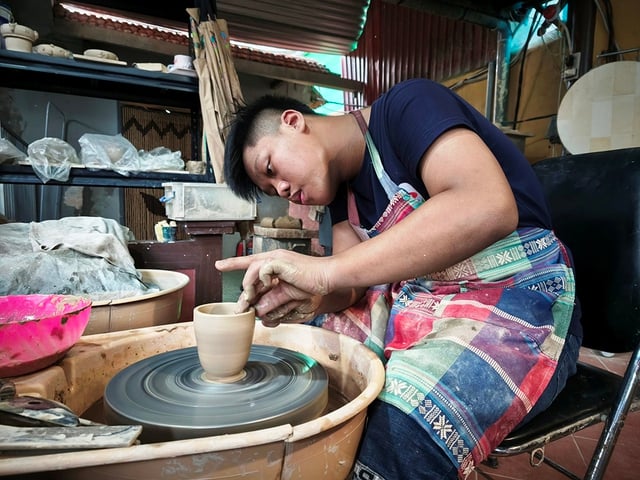
Although Ho Thanh Ky was slow to develop, he had very skillful hands at making pottery.
PHOTO: HOANG SON
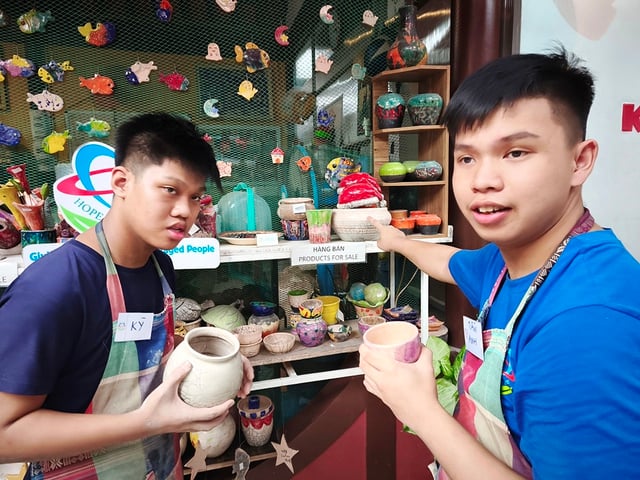
Ho Thanh Ky (left) and Tuan Anh show off the Raku ceramic products they made.
PHOTO: HOANG SON
"At the center, disabled children participating in pottery making not only learn how to mold clay and create shapes, but also paint glazes and put products into the kiln. Some of the more active children also participate in preparing for tourist experiences. Being with them, witnessing each manual operation with clay, I feel that pottery is a form of "art therapy", both bringing joy and helping them feel that they are doing something useful," Ms. Nhat shared.
CONNECTING SYMPATHY HEARTS
When talking about Raku pottery in Hue , Ms. Nguyen Thi Nhat cannot forget the milestone of 2012, when Mr. Olivier Oet, a Frenchman who loves Japanese pottery, came to the ancient capital to do charity work. He was the first person to experiment with the Raku technique with disabled children at the center. Thanks to her foreign language proficiency, Ms. Nhat was able to go to Japan to study properly, then returned to become a pillar, persistently building it step by step until today. "When it first started, the center only had clay and a little glaze, without a kiln or turntable. A few years later, Mr. Olivier and an organization from France supported the equipment and directly instructed each Raku pottery making technique," Ms. Nhat recalled.
Initially, the pottery class was just an extracurricular activity, helping children entertain and practice patience. However, surprisingly, the first successfully fired products were sold and received the love of tourists. Since then, many groups of tourists have come to visit and experience making pottery with disabled children. In particular, since the birth of "Raku tour", the journey of kneading clay and creating products has become a bridge connecting disadvantaged lives with the community.

When there are no visitors, the disabled people at the Hope Center knead clay and make pottery by themselves.
PHOTO: HOANG SON
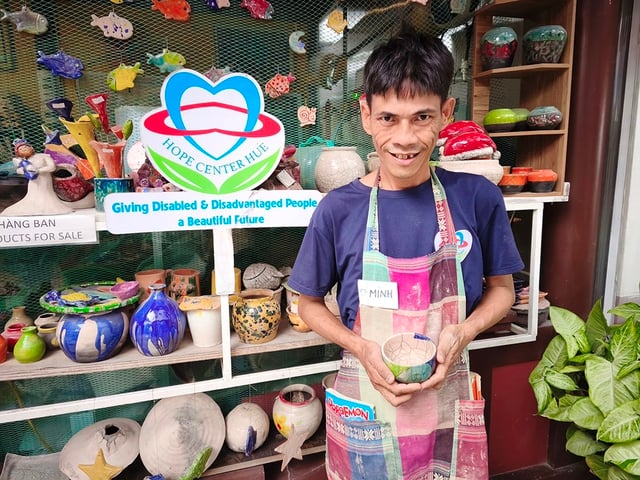
The joy of a deaf-mute young man at the center when making unique ceramic products
PHOTO: HOANG SON
In each Raku tour, disabled children are both students and companions. Some help guests knead clay, others guide them in turning the table, painting glaze... "There was a child who used to be very self-conscious and did not dare to communicate. But after only a few times participating in the Raku tour, he confidently showed off his products to tourists. Looking at the children's eyes lighting up at the pottery table, I understand why I have been attached to this place until today," Ms. Nhat smiled gently. Not only international tourists, many young people living and studying in the ancient capital also come to the class.
Unlike the familiar smooth glazed ceramics, Raku celebrates the beauty of imperfection. After shaping and glazing, the product is heated and then suddenly dipped in sawdust, straw or paper. The thermal shock leaves unique cracks and streaks on each product. For over 10 years, Raku ceramics in Hue has not only been a play with earth and fire but also a healing therapy, a bridge bringing children closer to the community.
Interested readers can contact Ms. Nhat via phone number: 0935980087. (to be continued)
Source: https://thanhnien.vn/gom-raku-va-nhung-nghe-nhan-dac-biet-185251101185322822.htm


![[Photo] President Luong Cuong receives US Secretary of War Pete Hegseth](https://vphoto.vietnam.vn/thumb/1200x675/vietnam/resource/IMAGE/2025/11/02/1762089839868_ndo_br_1-jpg.webp)

![[Photo] Lam Dong: Images of damage after a suspected lake burst in Tuy Phong](https://vphoto.vietnam.vn/thumb/1200x675/vietnam/resource/IMAGE/2025/11/02/1762078736805_8e7f5424f473782d2162-5118-jpg.webp)









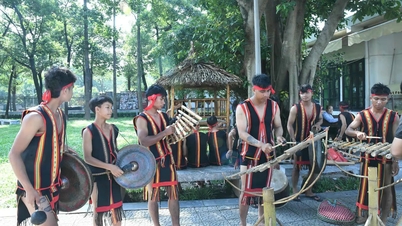



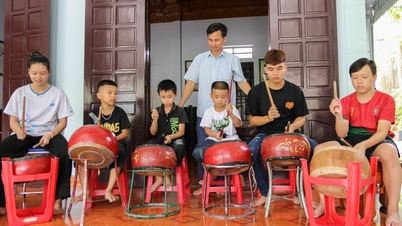

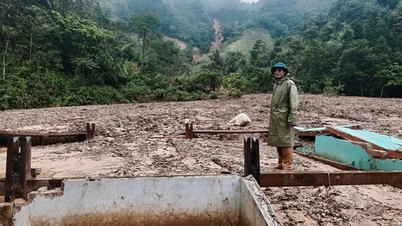

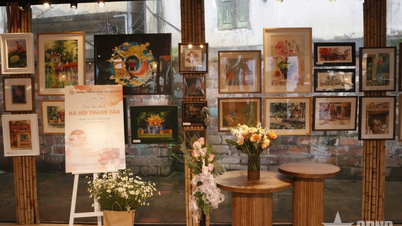

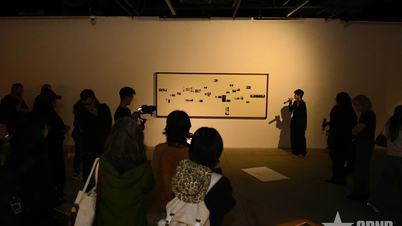









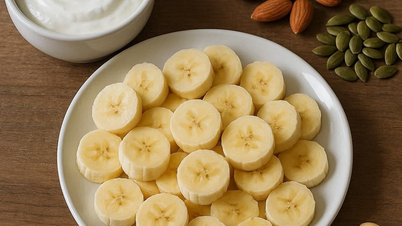










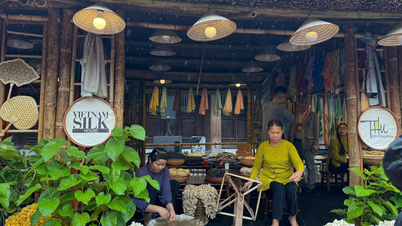


























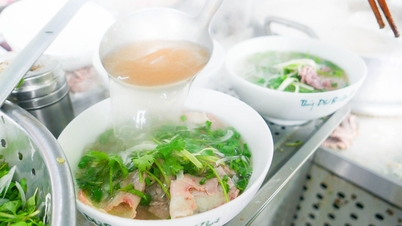






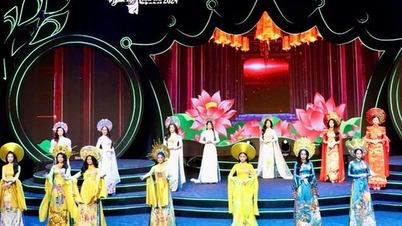














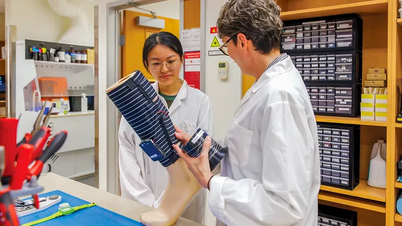















Comment (0)